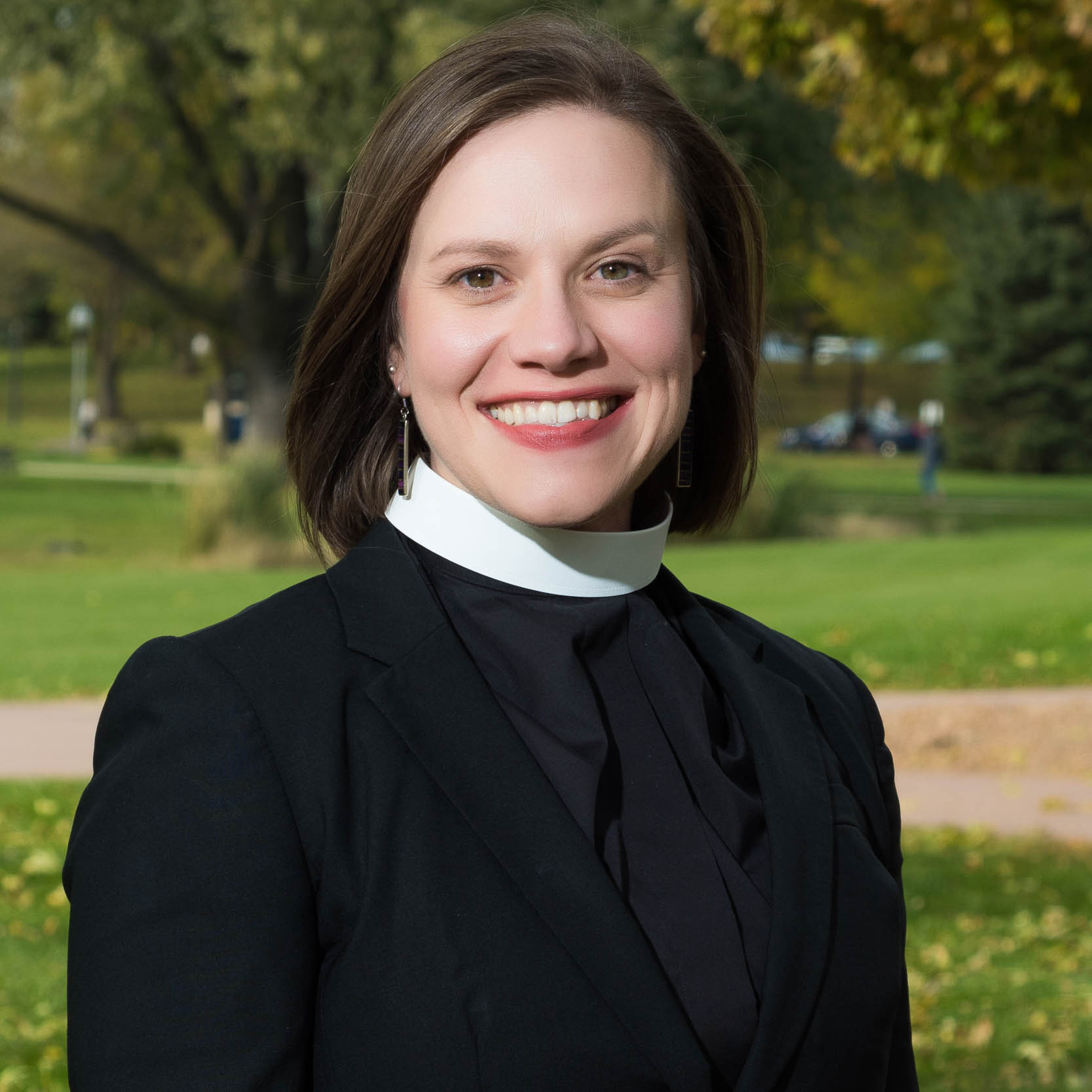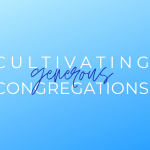
Rev. Renee Splichal Larson
I’ve been thinking about Mary and Martha’s brother, Lazarus. I’ve always felt sorry for the guy. I wonder if he heard Jesus’ voice calling his name outside of his tomb and thought it was the final resurrection of the dead. Bound in grave clothes, he makes his way into the light, only to realize that he was resuscitated right back into the world he breathed his last breath, four days prior. An appropriate response from Lazarus would be, “Uffda.”
I cannot imagine that much about Lazarus’ resuscitated life after death was the same. Scripture is silent as to what Lazarus actually thinks about Jesus’ miracle, or how he feels about having to die, yet again. It takes less than a chapter in the Gospel of John, after the raising of Lazarus, for us to find out that the chief priests plot to kill Lazarus “since it was on account of him that many of the Jews were deserting and were believing in Jesus (John 12.11).”
At this point, it’s safe to say that life will never be the same for Lazarus. Most likely there is no back to normal for him. But this is not unique to Lazarus in Scripture. Life was never the same for Mary after the angel Gabriel paid her a visit. There was no back to normal for Paul after Jesus appeared to him on the road to Damascus. Life was never the same for the Israelites after the exile. There was no back to normal for those who followed Jesus after he appeared to them in the flesh after his crucifixion.
There are certain things that happen, and life will never be the same. There’s a diagnosis, or a death. There is a marriage proposal, or a baby is born. There is a job opportunity across the country, or a family farm sold. There is natural disaster, or divorce. There is baptism, and there is conversion. There is war, or even a pandemic.
After something life-changing happens, “normal” is no longer normal. Sometimes we grieve this, other times we are ready for change. And sometimes, whatever occurs, affects a whole community, and in some cases, the whole world.
We are in a pandemic. All of us are affected. We are getting used to wearing masks, and are more aware than ever how close we may be standing next to someone. The pandemic has fast forwarded how we think about and are the body of Christ (the church together), literally out in the world.
One of the many things I love about the story of the raising of Lazarus is when he comes out of his grave. John 11:44 says: “The dead man came out, his hands and feet bound with strips of cloth, and his face wrapped in a cloth. Jesus said to them, ‘Unbind him, and let him go.’”
Jesus invites the community to participate in the new life given to Lazarus. What’s comfortable about unbinding a neighbor who has been dead four days? What might it be like now to go over for supper to Mary, Martha, and Lazarus’ house? I wonder what “back to normal” looked like in the village of Bethany; or, if there was never a “back to normal,” but rather, life anew. We do not know how the church will look five months or five years from now, during or after a pandemic. But we do know that God is the sustainer of our life, our beloved SD Synod, the ELCA, and the whole church universal.
We can either get stuck in longing for how things used to be before________, or, we can grieve as we begin to notice the ways in which God is making all things new. We have a God who brings life out of death. The resuscitation of Lazarus, and the resurrection of Jesus, speak to this phenomenon in our world. What I have come to understand is that the life God brings forth after a life-altering event, is not the same kind of life we once had. Rather, it is life, and it is new.
Thanks be to God that Jesus calls us out into the world in which God is on the loose: healing, loving, reconciling, forgiving, feeding, strengthening, challenging, growing, and raising from death to life.



